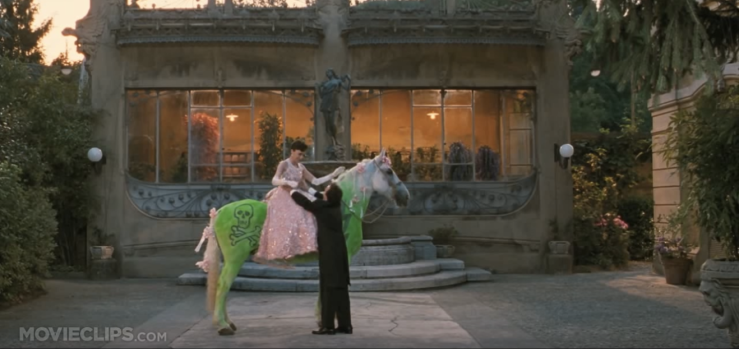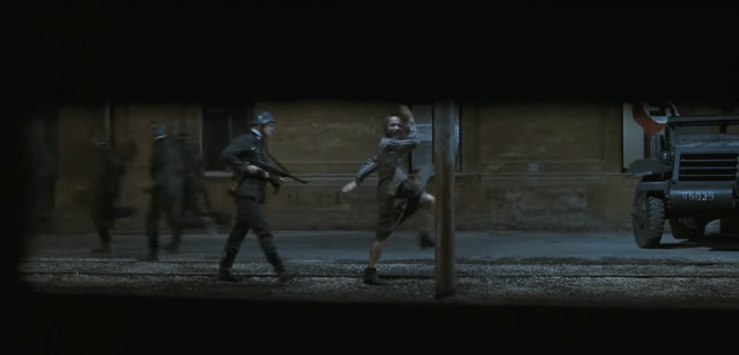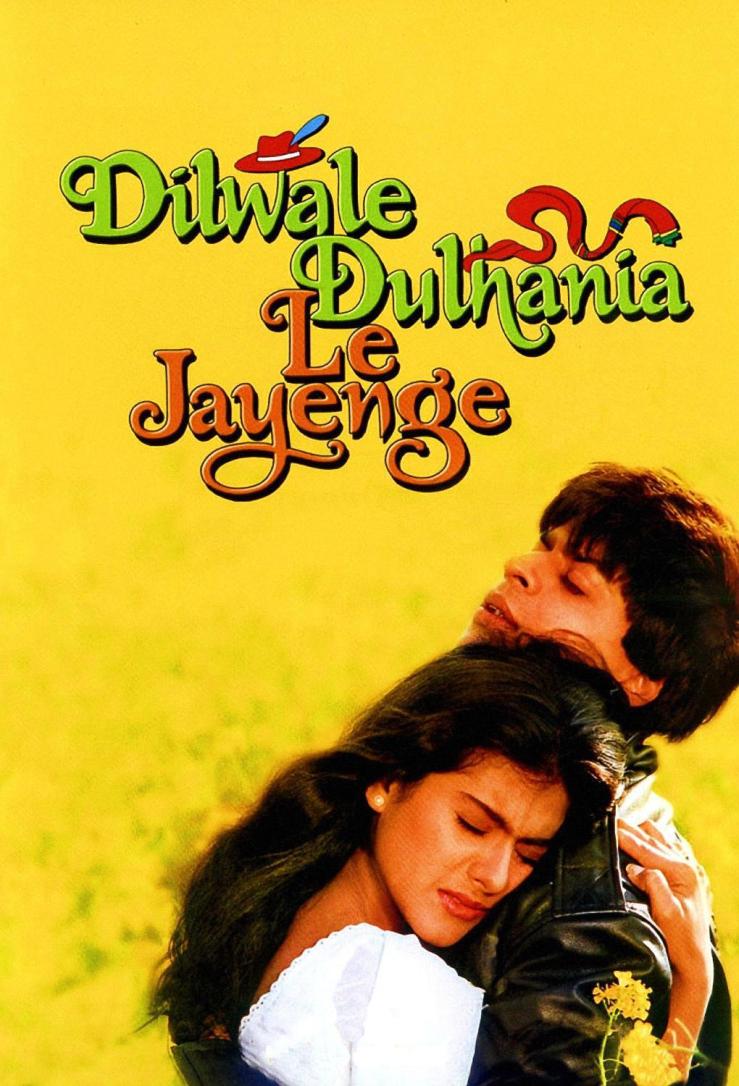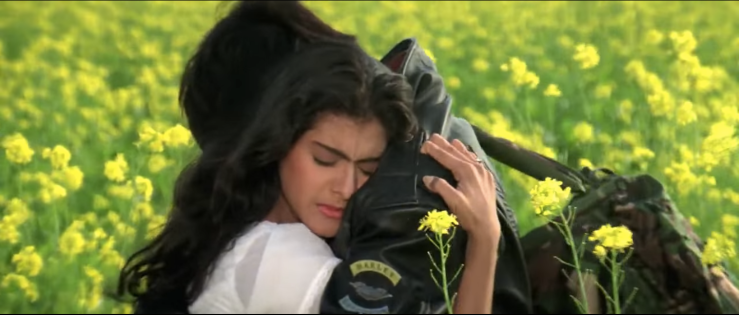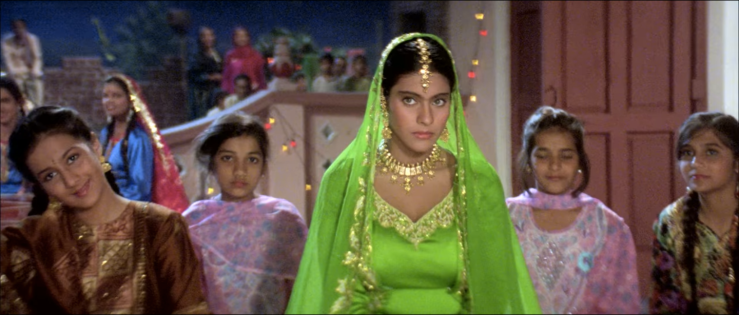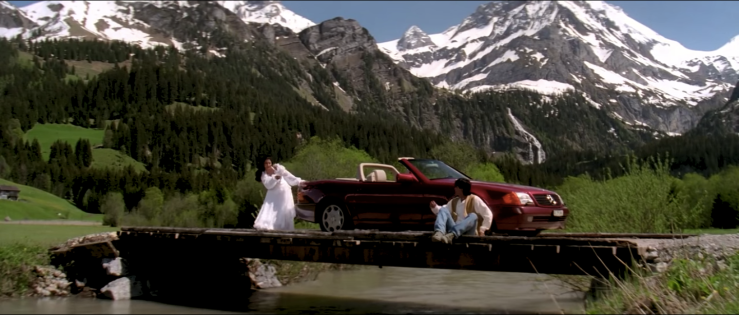
It’s hard to believe that a Serbian art film, and the cinematic “America’s Sweetheart” of the 1970s may have something in common. Yet, Na Putu (On the Path), and Annie Hall, share a lot more than what the casual viewer would expect. In fact, they share an entire thesis on modern love.
Annie Hall, directed by Woody Allen, was released in 1977 and is about the unlikely relationship between Alvy Singer (Woody Allen), an anxiety-ridden New York born comedian, and Annie Hall (Diane Keaton), a ditzy singer from the Midwest. The film takes on a comedic light-hearted tone to tackle the rise and fall of these two opposites as they discover that it’s just not meant to be.
Na Putu (On the Path), directed by Jasmila Zbanic, is an art film released in 2010 and tells a different story. Set in Bosnia in the wake of a war and genocide that had violated human rights to a degree unseen since World War II, leads Luna (Zrinka Cvitesic) and Amar (Leon Lucev) are unmarried, in love, trying for a baby, and living in their own apartment in Sarajevo. The two seem to heading down a clear path together until Amar runs into an old friend in a parking lot. This friend would eventually introduce him to Wahhabism, a fundamentalist branch of Islam that Luna does not approve of. After this, the differences between Luna and Amar grow to consume their relationship, resulting in a previously unforeseeable dead-end.
In nearly every way from audience response to technical composition, Annie Hall is worlds away from Na Putu (On the Path). Annie Hall is hailed by some as the ultimate romantic comedy, finishing near the top of many critics lists as “The Best Movie of All Time.” Na Putu was never even released in America, and has a total of 37 reviews on IMDb. Despite this, these films portray universal concepts about relationships that ring true no matter what the source is. Both leads have deep, unignorable, fundamental differences. Both films speak truthfully and have a clear thesis on what they believe is required of a successful relationship. Whether the films sit on opposite ends of the romantic genre spectrum, they both discuss the same ideologies, starting with: in order to maintain a relationship, it’s crucial to want the same things.
Before exploring the fundamental issues of why these relationships both ultimately imploded, it’s important to discuss how these films also successfully reflect on what makes a relationship worthwhile, specifically: “The Good Times.” In Annie Hall, Allen gives the audience a reason to want to see Annie and Alvy together. They’re happy and they want to be. This is shown especially well in the famous “spider scene,” in which Annie calls Alvy over to kill a bug – but it’s really just because she misses his company. Scenes in which the characters show fondness for each other are the driving factors in these film and raise the main question of, “is this feeling enough?” Na Putu does the same thing. Shots of Luna waiting for Amar to call her while she sits in a hotel room, scenes in which they are passionately making love, just the concept of them trying to have a baby together, all of these factors fit the bill.

When discussing the disparities between our two couples and films, issues can be seen in two scenes that are tonally different, but also strikingly similar in set up. The family dinner is a trope so overused in films that it’s become a cliché. However, there is a good reason for this. In Na Putu, the family dinner is at Luna’s Grandmother’s and they are celebrating an Islamic holiday. Amar, who has just returned from his first Wahhabi retreat, begins to resent the sinful, loose interpretations of Islamic tradition as Luna’s family drinks, sings, and gossips. This results in an explosive argument between Luna and Amar, furthering the rift between them and drawing out the issues in their relationship. (For a further explanation on Wahhabism, you can read why here.) Annie Hall has a classic family dinner scene as well. In this one, Alvy is the odd one out, sitting at the table with Annie’s WASPy, mid-western family. Breaking the fourth wall, Alvy refers to Annie’s grandmother as a “classic jew-hater” and even appears dressed as a hasidic jew towards the end of the sequence. While Annie Hall uses irony to convey the discomfort of the sardonic, comedian, his emotions are anything but funny.

These scenes, as well as others in Annie Hall in which Alvy seems to be obsessively accusing people of being anti-semitic, chip into more thematic similarities with Na Putu. Alvy, Luna, and Amar are all victims of war and Genocide. While Luna and Amar’s connection to their war is much more direct and traumatizing, Alvy also has a connection of his own. Woody Allen himself has spoken out on what it is like to be living in the shadow cast by the Holocaust. Having survived through a time of deep, terrifying anti-semitism, Alvy (who is the same age as Woody canonically) has a specific brand of deeply ingrained paranoia that comes with being Jewish. His attitude towards Annie’s family, accurate or not, will always affect how he views them. This is detrimental to their relationship in the same way that Amar’s new views on Luna’s family are. He’s an outsider there; he doesn’t believe what they believe. And while Alvy isn’t the critical one in his situation, Amar is. This is where the similarities switch sides. Luna and Alvy are both frowned upon, or the “wronged” ones on their side of the relationship. Luna, like Alvy, also has a few open wounds from her experience with the Bosnian War. The difference here is that her traditions aren’t tied in with her religious identity, for her it’s about family – specifically her grandmother – and being alive and enjoying the people she loves.
This also raises this question of why this medium? What does romance do to explore this theme of post-war trauma? In the case of Na Putu, a film that actively uses romance as a device to open up a dialogue about this topic, it’s about intimacy. Relationships have a tendency to bring out the worst and best in people. In the case of Na Putu and Annie Hall, both couples are not only eachothers most frequent companion, but the perfect way to really get insight to the other’s head. The idea of these fatal, major flaws destroying the relationship is also a vehicle to displaying just how damaged our characters are. If Amar is the most important person in Luna’s life, for example, her revulsion to his ideas of Wahhabism must be incredibly strong.
Another undisputable issue for these couples is their desired destinations. Alvy and Annie, from the beginning, don’t seem to think about it too much. Yet, it’s clear that they want different things. Alvy is a stubborn, typical, Seinfeld-style, New Yorker who would rather die than leave his city. Annie is more moldable, willing to chase her dream wherever it takes her. Amar and Luna’s destinations are more conceptual. Amar wants Luna to conform to the Wahhabi lifestyle, but Luna thinks it’s repressive and wants to continue her life the way it is. It’s a make or break point in both their relationships: Annie, acting in California, where there is clearly no space for Alvy in her life anymore; Amar at the Mosque, praying amongst men, earnest to get right with God. The unfortunate aspect of this is that both Annie and Amar are more fulfilled away from their significant others. Annie always wanted to sing and is now amongst the flighty, stargazing, Californians she’s more suited for. Amar, who was an alcoholic struggling with his post-war memories, no longer drinks and feels happier and healthier than ever. Alvy and Luna can only cope so well with these changes, especially when they seem to hit their expiration dates.
So is love enough? Annie Hall’s thesis is yes and no. While no, Annie and Alvy ultimately fail as a couple, the pursuit of love is not dead. This is expressed in the speech delivered at the end of the film by Alvy:
“It reminds me of that old joke- you know, a guy walks into a psychiatrist’s office and says, hey doc, my brother’s crazy! He thinks he’s a chicken. Then the doc says, why don’t you turn him in? Then the guy says, I would but I need the eggs. I guess that’s how I feel about relationships. They’re totally crazy, irrational, and absurd, but we keep going through it because we need the eggs.”
Alvy admits that he knows relationships are insane. People do non-sensical things for eachother just for the concept of love. He accepts himself as one of those people, someone who “needs the eggs,” or believes the idea that two people can fulfill each other enough to make them permanently happy. Na Putu, though starkly real and shows what could be the official break-up between Luna and Amar at the end of the film, also shows belief in the “eggs.” The very last scene shows Luna looking up hopefully at the balcony after getting off her work plane. Last time we were shown the balcony, Amar was waiting for Luna on it. This time, the shot cuts to black before we see if Amar is waiting for her or not. For the case of the doomed relationship and what may be best for the characters as individuals, Amar shouldn’t be up there if he chose the path for himself. However, what if like Alvy, he needs the eggs?
The viewers never find out if Amar is on the balcony or not, or if Alvy finds someone else to fill the Annie Hall void. Yet, the messages of these films are both clear. People are going to look for love, whether or not it’s in the right places. The films, side-by-side, map out the deconstruction of two romantic relationships, yet they also leave room for hope at the end. The differences between Amar and Luna and Annie and Alvy weren’t easy solves, the struggles were real, and the emotional bonds were, well, they weren’t for nothing.
_________________________________________________________________
Sources:
“Jewish Book Council.” David Evanier on Woody Allen’s References to His Jewish Identity, Anti-Semitism, and the Holocaust in His Films. N.p., n.d. Web. 03 May 2016.
“Of Women and Wahhabism: The Strange Backwardness of Saudi Arabia.”Of Women and Wahhabism: The Strange Backwardness of Saudi Arabia. N.p., n.d. Web. 03 May 2016







